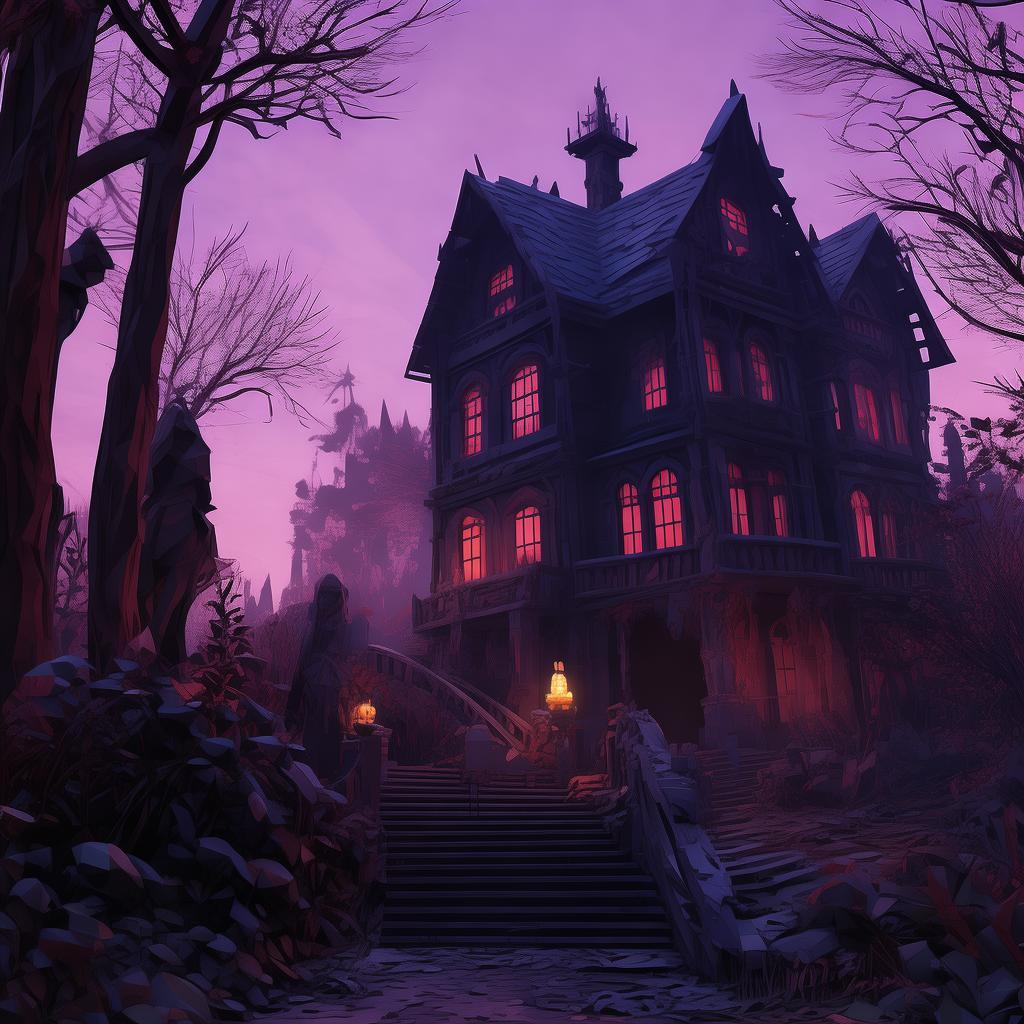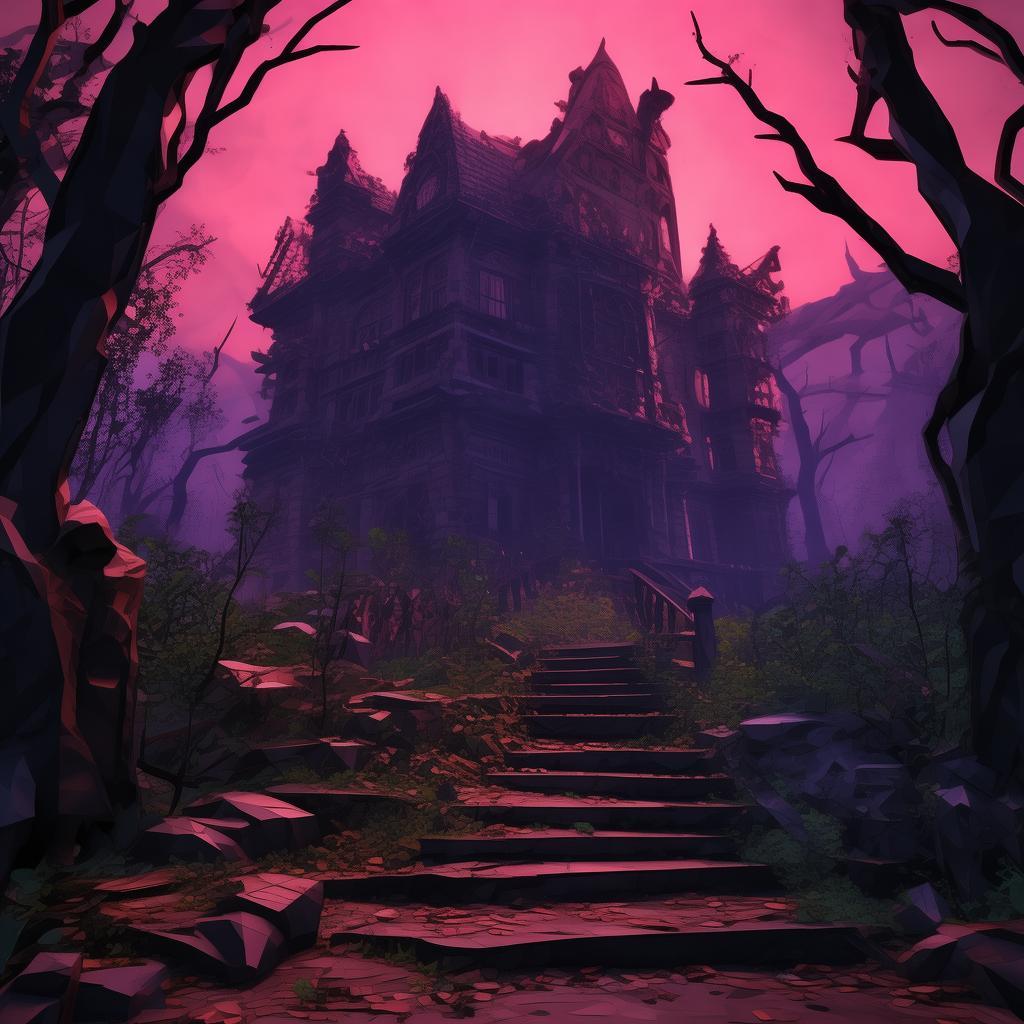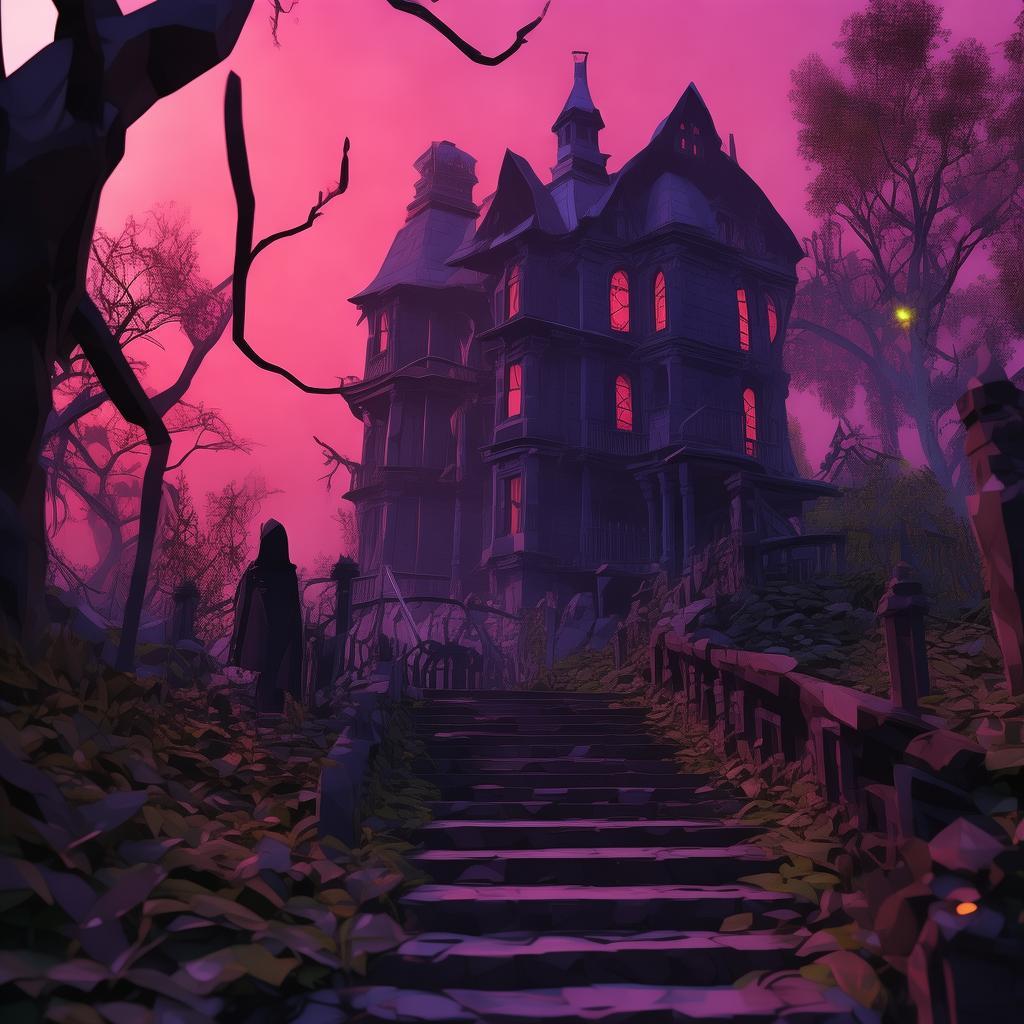The Lament of the Violinist
In the heart of a grand, gothic concert hall, the symphony was about to begin. The audience was a mix of the elite, the curious, and the desperate, all drawn to the mysterious violinist, Elara, whose performance was rumored to be unlike any other. Her name had become a whisper among the cognoscenti, a legend that spoke of her music having the power to both soothe and shatter souls.
Elara stepped onto the stage, her violin case clutched tightly in her hand. The orchestra tuned up, and the room was filled with a hushed anticipation. She lifted the bow, and the first note was a low, haunting whisper, resonating through the hall. The audience leaned in, captivated by the eerie beauty of the music.
But the symphony was no ordinary performance. The notes of the violin were not just sounds; they were spells, weaving a tapestry of terror and dread. The hall, which moments ago was filled with life, began to transform. The walls seemed to breathe, the air grew thick with an oppressive silence, and the audience could feel a cold presence settling around them.
Elara's eyes, usually filled with the fire of her art, now held a strange, distant glint. She played with a fervor that was almost unnatural, as if driven by forces beyond her control. The violin was a conduit for something dark and ancient, something that had been dormant for centuries, waiting to be awakened.
One by one, the audience members began to change. Their eyes grew hollow, their expressions contorted into twisted masks of fear and sorrow. Elara's music, once beautiful, now became a cacophony of screams and wails. The hall was no longer a place of concert, but a place of horror.
The orchestra, too, was not what it seemed. The musicians, who moments before had been professional and disciplined, were now automatons, their instruments turning them into conduits of Elara's power. Their fingers moved of their own accord, producing sounds that were not music but the soundtrack to a nightmare.
Elara's form blurred, her violin case now an abyss, and from within, a figure emerged. It was her, yet not. It was a manifestation of her darkest fears, her greatest regrets, and the pain of a thousand unspoken words. The figure stepped forward, its eyes fixed on Elara, and with a wordless scream, it reached out to her.

Elara's scream filled the hall, a sound of pure terror that could be heard outside the concert hall. She fell to her knees, her bow dropping to the floor. The music stopped, the orchestra dissolved into silence, and the hall returned to its former grandeur, as if nothing had happened.
But Elara was not the same. She had been consumed by the darkness that had been released. The audience, too, had been changed, their eyes still hollow, their bodies still rigid. They were not alive, but not quite dead either. They were trapped, like Elara, in a world that was neither here nor there, neither alive nor dead.
As the police and emergency services flooded the hall, Elara was found crumpled on the floor, her violin lying next to her. Her eyes were closed, her face expressionless. The orchestra, now a mass of shattered instruments and broken strings, lay in ruins around her.
The concert hall was cleared, the bodies of the audience were taken away, and Elara was taken to the hospital. But she would never be the same. Her music, once a beacon of beauty, had become a harbinger of doom. And in the silence that followed the symphony, the concert hall echoed with a new, unsettling tune.
✨ Original Statement ✨
All articles published on this website (including but not limited to text, images, videos, and other content) are original or authorized for reposting and are protected by relevant laws. Without the explicit written permission of this website, no individual or organization may copy, modify, repost, or use the content for commercial purposes.
If you need to quote or cooperate, please contact this site for authorization. We reserve the right to pursue legal responsibility for any unauthorized use.
Hereby declared.









